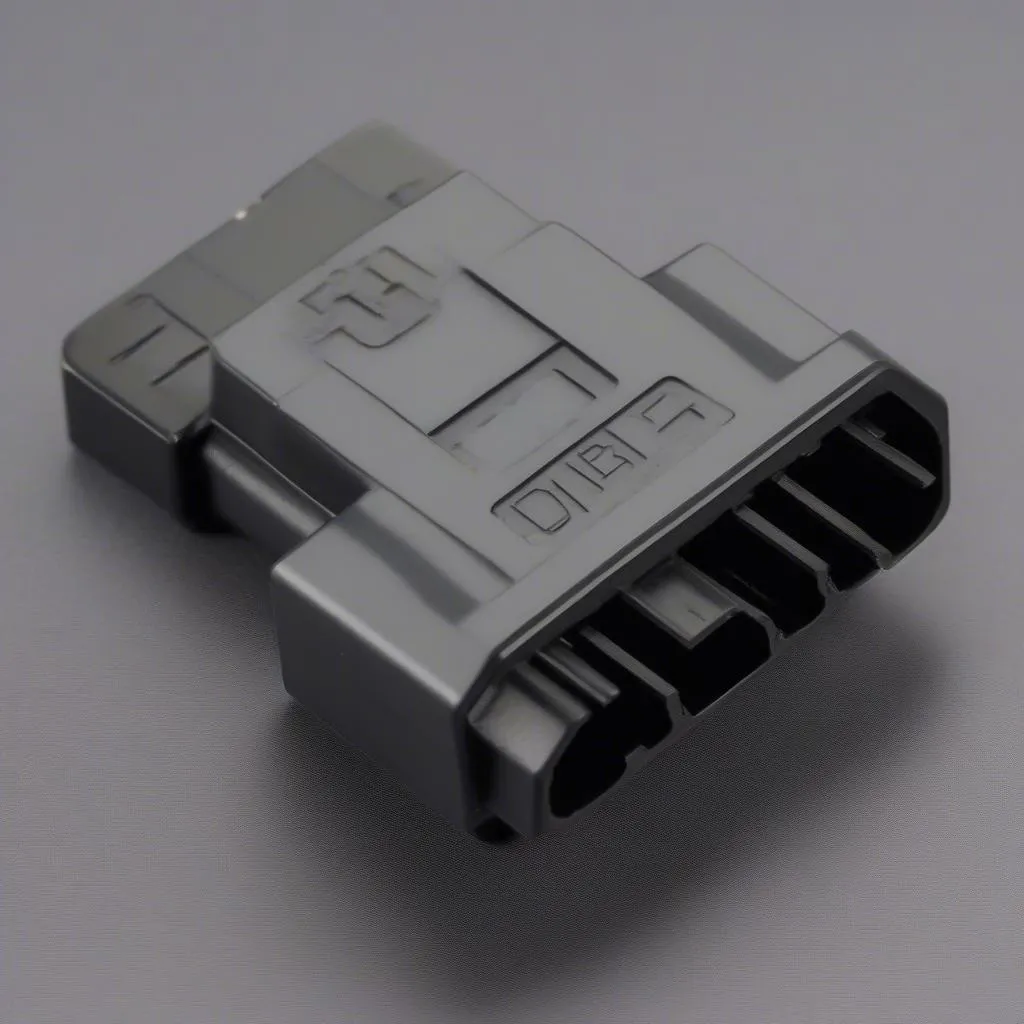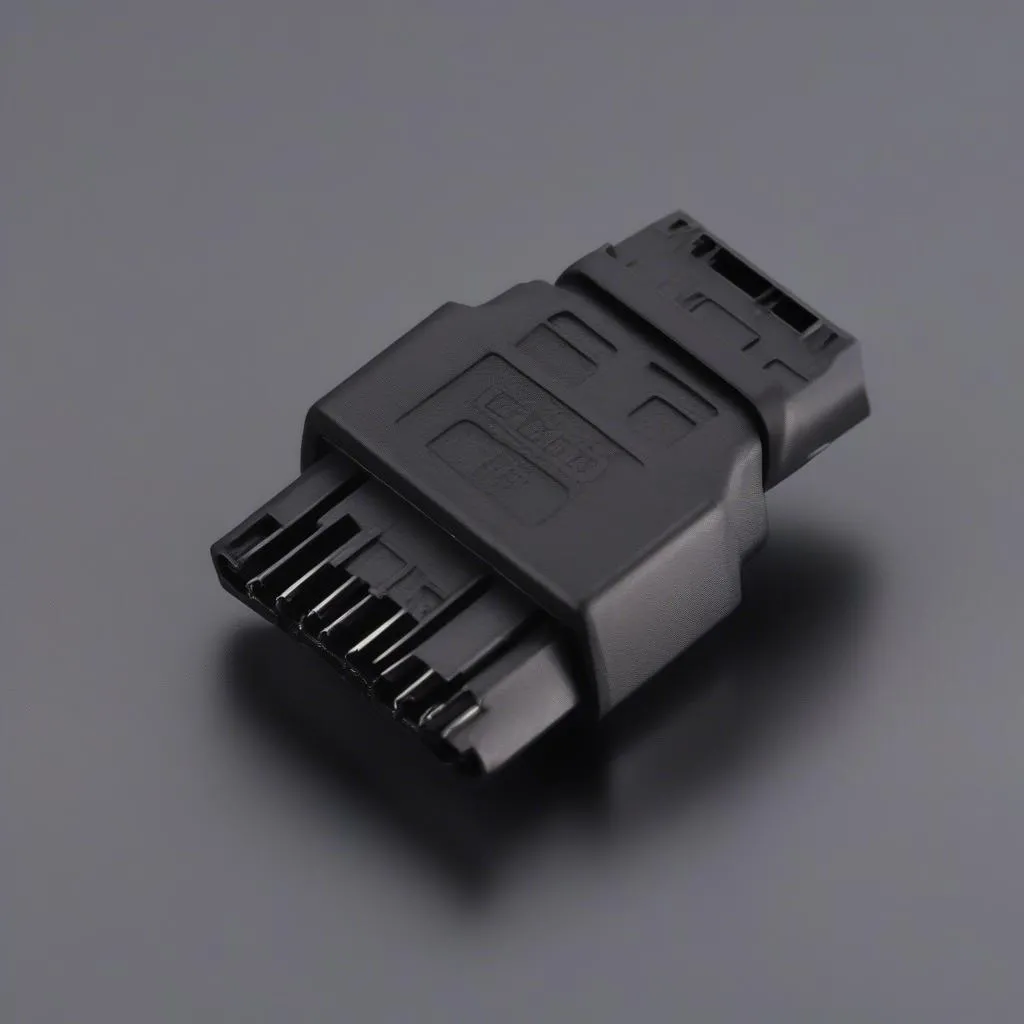You’re getting ready for a road trip, but your car starts sputtering. You pull over, pop the hood, and… blank stare. What’s going on? This is where OBD and OBD2 come in. These acronyms refer to On-Board Diagnostics, a system that helps you pinpoint problems with your car’s performance. But what’s the difference between them?
The Meaning of OBD vs. OBD2
From a technician’s perspective, OBD and OBD2 are protocols used to communicate with a vehicle’s onboard computer system. Imagine it like a language your car speaks to let you know what’s wrong. With the right tool, you can translate those messages and troubleshoot problems.
From an engineering standpoint, OBD is the first generation of this communication protocol. It was initially introduced in the 1980s and used in vehicles like Ford and General Motors. OBD2, its successor, standardized the communication process for all vehicles sold in the US since 1996.
From a car owner’s standpoint, understanding OBD vs. OBD2 means understanding the level of information and diagnostic tools available to you. OBD2 provides a much wider range of information and more advanced diagnostic capabilities than OBD.
The OBD vs. OBD2 Differences
The most significant difference lies in the connector:
- OBD: Uses a 6-pin connector, which can be found on vehicles manufactured before 1996. This connector is less sophisticated and limits the amount of data you can access.
 6-pin-obd-connector-for-older-vehicles
6-pin-obd-connector-for-older-vehicles - OBD2: Uses a 16-pin connector and is standardized for most vehicles sold in the United States since 1996. This connector allows for more data to be transmitted and received, making it more versatile for diagnostics.
 16-pin-obd2-connector-for-modern-vehicles
16-pin-obd2-connector-for-modern-vehicles
Beyond the connector, other notable differences include:
- Data accessibility: OBD2 provides a wider range of data about your car’s systems, including engine performance, emissions, transmission, and more.
- Diagnostic tools: OBD2 works with a broader range of diagnostic tools, including smartphone apps, handheld scanners, and professional-grade diagnostic equipment.
- Regulations: OBD2 is mandated by the Environmental Protection Agency (EPA) to monitor vehicle emissions and ensure compliance with regulations.
OBD and OBD2 in Action: Real-World Examples
Imagine you’re driving a 2000 Honda Civic. Your check engine light comes on, and you want to know what’s wrong. Because your car uses OBD2, you can use a simple scanner to read the trouble codes and get an idea of the issue. The code might indicate a faulty oxygen sensor, for example.
Now imagine you’re working on a 1990 Ford F-150. Your engine is running rough, and you want to diagnose the problem. Your car uses OBD. This system is less comprehensive, offering limited data. While you might get some basic information, you may not be able to pinpoint the exact issue.
OBD2: The Future of Automotive Diagnostics
While OBD is still used in some older vehicles, the future of automotive diagnostics lies in OBD2. As technology evolves, newer vehicles are equipped with even more advanced systems, including:
- CAN (Controller Area Network): This network allows different electronic components to communicate with each other.
- J1939: This standard, specifically for heavy-duty vehicles, provides a comprehensive network for communication and diagnostics.
With these advanced systems, OBD2 is poised to play an even bigger role in the future.
Common Questions About OBD vs. OBD2
How do I know if my car uses OBD or OBD2?
You can determine this by checking the year of manufacture and the location of the connector. For US vehicles manufactured after 1996, the OBD2 connector is typically found under the driver’s side dashboard, near the steering column.
What are some of the benefits of using OBD2 tools?
OBD2 tools allow you to:
- Identify potential problems before they become major issues.
- Monitor your car’s performance and fuel efficiency.
- Reset the check engine light.
- Access real-time data, including speed, engine temperature, and fuel consumption.
Can I use an OBD2 scanner on an OBD vehicle?
No, you can’t use an OBD2 scanner on an OBD vehicle. The connectors are incompatible.
Take Control of Your Automotive Diagnostics
OBD and OBD2 have revolutionized the way we diagnose and troubleshoot automotive problems. Understanding these protocols can help you be more informed about your car’s health.
Ready to explore the world of automotive diagnostics? We’re here to help! Our team of experts can provide you with the guidance and support you need to find the right OBD2 tools and understand the data they provide. Contact us via WhatsApp: +84767531508 for any questions.